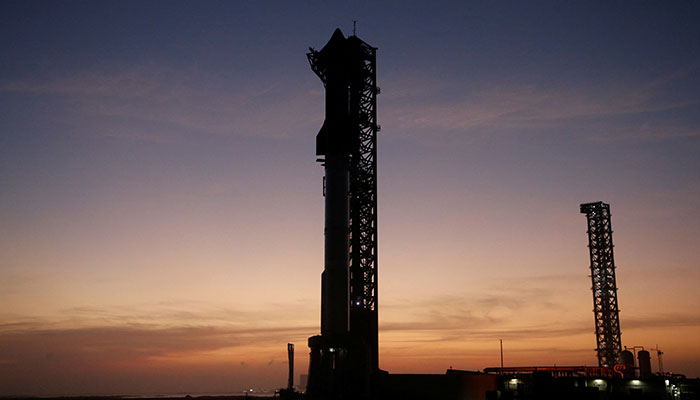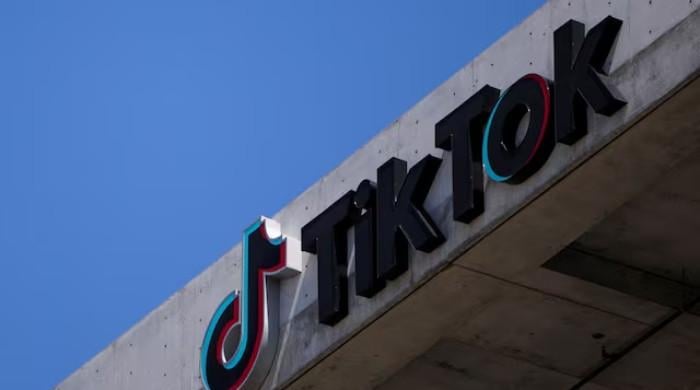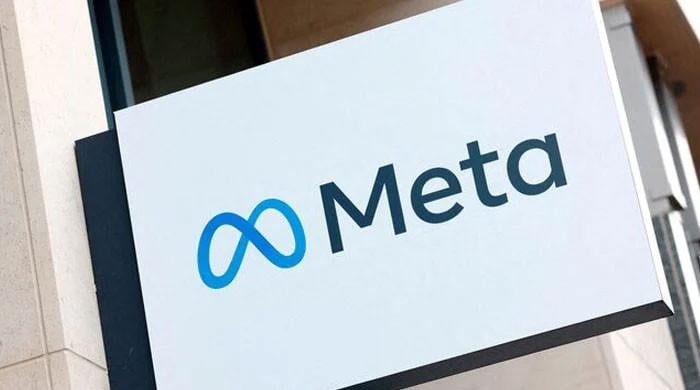SpaceX to launch 6th Starship flight test: Here's what to expect
"Next Starship flight test aims to expand envelope on ship, booster capabilities," says Musk's company
November 19, 2024

Space X is set for the launch of its sixth Starship flight test which is expected on Tuesday through a 30-minute window that will open at 5pm EST (2200GMT).
From the company's Starbase facility near Boca Chica Beach in South Texas, the Starship mega rocket will launch, reported Space.com.
Notably, the megarocket consists of two fully reusable elements — a huge first stage called Super Heavy and an upper-stage spacecraft called Starship or simply as "Ship".
In a statement announcing the sixth test flight, SpaceX officials said: "The next Starship flight test aims to expand the envelope on ship and booster capabilities and get closer to bringing reuse of the entire system online."
The sixth flight of the Starship follows a successful fifth test flight on October 13. During the previous flight, the Super Heavy Booster was captured using giant metal "chopstick" arms upon its return to Starbase, whereas, the upper stage continued in flight before completing a controlled entry and landing maneuver over the Indian Ocean.
"The success of the first catch attempt demonstrated the design feasibility while providing valuable data to continue improving hardware and software performance," SpaceX said in the statement.
If all goes according to plan, The booster will once again demonstrate a catch landing back at Starbase during Flight 6, which will take place about seven minutes after liftoff if everything goes as per the plan.
Moreover, Starship will also perform a series of heatshield experiments and maneuvering changes for reentry. This includes flying at a higher angle during the final phase of descent before splashing down in the Indian Ocean about 65 minutes post-launch.









